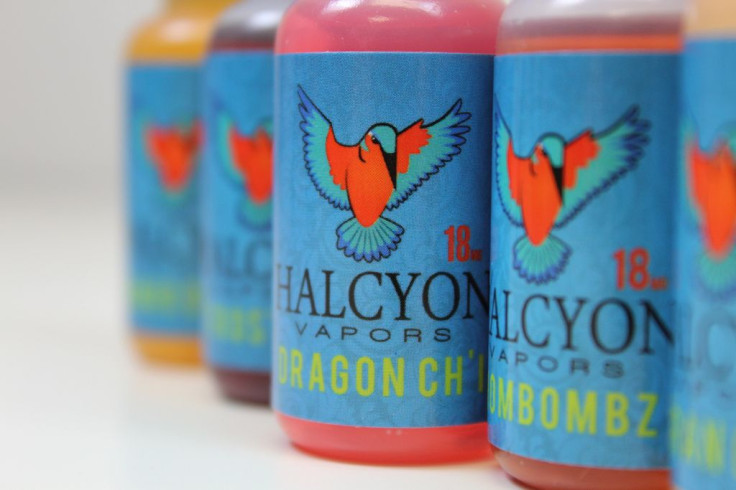E-Cig Liquid Nicotine Linked To 1-Year-Old's Death; Poison Control Centers Say FDA Should Move Forward With Regulations

E-cigarettes, with their reputation for being safer than regular cigarettes, have seen record gains in usage. Their use among middle and high school students more than tripled between 2011 and 2013, going from 79,000 to 263,000 students, according to an August study. And on Thursday, the Centers for Disease Control and Prevention (CDC) released a report showing that 10 states and the District of Columbia don’t restrict e-cig sales to minors, giving over 16 million children access to the devices and liquid nicotine. The Food and Drug Administration (FDA) has stalled passing any sort of regulations on these products, and it’s because of this that a 1-year-old toddler from upstate New York died last week.
The toddler, from Fort Plain, N.Y., died last Tuesday after ingesting liquid nicotine. It’s believed he’s the first child in the U.S. to die from the product, which is sold in bottles, separate from the e-cigarette devices. After the child was found unresponsive, he was immediately taken to a hospital where he was pronounced dead, ABC News reported. Although the nicotine is commonly used for e-cigarettes, Fort Plain police didn’t specify in a statement whether it was associated with the device.
The child’s death brings to the forefront these regulation issues, which have largely gone under the radar since the FDA first proposed new ones in August. “One teaspoon of liquid nicotine could be lethal to a child, and smaller amounts can cause severe illness, often requiring trips to the emergency department,” the American Association of Poison Control Centers said in a statement on Friday, according to ABC News. “Despite the dangers these products pose to children, there are currently no standards set in place that require child-proof packaging.”
The Association also said that rates of nicotine exposure, either through ingestion, inhalation, or absorption through skin had risen since 2011, when there were only 271 exposures. As of Nov. 30, there had already been 3,638 exposures in 2014. “They’re not that difficult to get into,” Dr. Donna Seger, director of the poison control center at Vanderbilt University Medical Center, told ABC News. With many of these bottles containing colorful, flavored nicotine, such as chocolate, berry, and cotton candy, it’s no wonder kids see them and think they’re something else. Making the issue worse is that it’s not always clear how concentrated the liquid is with nicotine — they come in strengths ranging from 6 to 24 milligrams.
Nicotine poisoning has been associated with symptoms from nausea and vomiting to more dire conditions, such as a slowed heart rate, low blood pressure, seizures, lethargy, paralysis, and coma. According to ABC News, some states have begun implementing laws requiring child-resistant packaging. New York Gov. Andrew Cuomo is expected to sign one of these bills within the next few weeks.



























